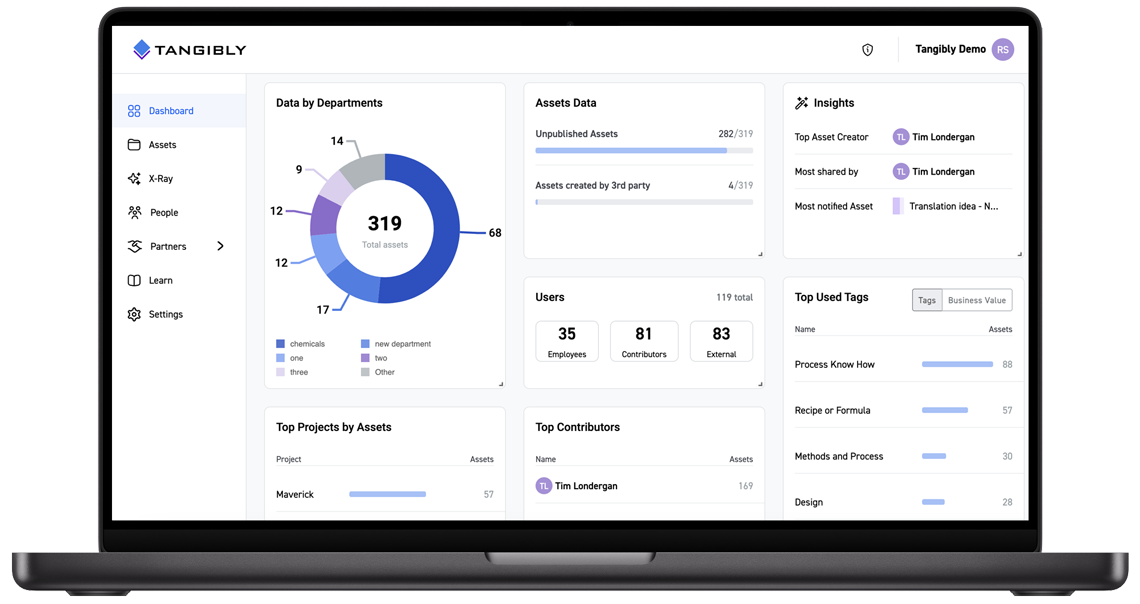We often meet people who are concerned that any list or catalog of trade secrets might be incomplete and not contain “the one” valuable trade secret that is critical for litigation. These people often suggest that doing “nothing” is better than imperfectly doing “something”. This is driven out of fear that a defendant in a trade secret lawsuit could argue that since “the one” was not in the catalog or list, it is therefore not a trade secret.
We strongly advocate that companies develop and run a trade secret process appropriate for their situation, industry sector, and risk environment, rather than randomly or haphazardly paying attention to their trade secret assets in an ad hoc fashion.
Rather than being paralyzed by “the one” perfectly, here are some observations on how to do “something” well.

Policies and procedures set the stage
At the onset, having clear trade secret policies and procedures can go a long way towards demonstrating your “reasonable measures” in protecting trade secrets. Educate your staff on these to lower your risk.
The standard is “reasonable”, not “perfect”
Both statutes and litigations require “reasonable measures”, not “perfect measures”. The fact that you got things 90%, 95%, or 99% right is not a bad thing – don’t feel like everything has to be perfect, because it never can be.
You can even indicate that your trade secret catalog is not comprehensive or is incomplete, as trade secrets come and go every day (every hour or minute?). It is impractical to guarantee that a catalog has every single trade secret, especially in a large organization.
How do you know your assets have been stolen if you don’t know what they are?
If you have a lot of jewelry at home, but have no idea what is in your collection, how will you know if one piece (or many) get stolen? You won’t! Trade secrets are the same way. Courts are increasingly requiring specificity and particularity in identifying your trade secrets you wish to protect. Having a vague hand-waving understanding of your assets is not enough anymore.
Trade secret misappropriation rarely involves one single document
The most typical scenario for trade secret misappropriation is when a soon-to-be ex-employee downloads thousands of files immediately before resigning their job to join a competing company. It’s rare that they only take one single trade secret with them. The chance of “the one” trade secret that the owner did not list or catalog being the only asset that was taken is quite low.
Show me the money (OK, the case law) We are not aware of any litigation that required perfection, and where the plaintiff lost because they didn’t catalog “the one.” If you know of any, please let us know.
